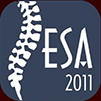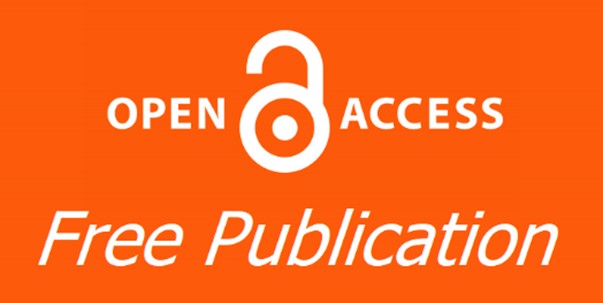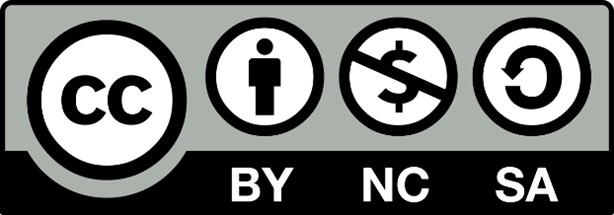Subject Area
Craniocervical junction
Article Type
Clinical Study
Abstract
Background Data: Upper cervical junction (UCJ) is a unique and complex structure because its discrete bony, ligamentous and vascular anatomy. Upper cervical instability (UCI) defined as loss of stability between the atlas and axis (C1–C2), resulting in loss of normal articulation that decrease the space for the lower brain stem and cervical cord and roots. It has different etiologies including; traumatic, inflammatory, idiopathic, or congenital abnormalities. Upon that UCJ have broad varieties of ultimate’s Clinical and radiological manifestations complex. In this study we consider the algorithm of safety and efficacy of polyaxial Screw-rod System Fixation in managing upper cervical instability by C1 Lateral mass (C1L) and C2 pedicle (C2P) screw fixation with or without occipital fixation either from congenital or acquired defect of the occipital bone, foramen magnum, or first two cervical vertebrae. Purpose: To evaluate safety and efficacy of C1L-C2P with or without occipital polyaxial screw-rod system fixation in managing craniocervical instability of various etiologies.Study Design: A retrospective descriptive clinical case study Patients and Methods: Forty-two patients with UCI due to various etiologies were reported. The primary upper cervical pathology (UCP) reported in this series was; type II dens Fracture (N=8), type-II Hangman fracture (N=10), AARF (N=9), Down’s syndrome (N=4), Os Odentadium (N=3), plasma cell cytoma (N=2), aneurysmal bone cyst (N=3), and atlanto-axial ligamentous instability (N=3). Those were treated surgically with reduction, decompression and internal fixation by poly axial screws and rods a within the atlanto-axial avenue. They were assessed pre- and postoperative radiographically by; full plain X-ray, MS 3D-Computed Tomography (MS 3D-CT), Magnetic Resonance Image (MRI), and clinically using Japanese Orthopedic Score (JOA). Results: Forty two patients including 26 males and 16 females with mean age 31.6±12 (range 4-52) years. None of the patients developed a new postoperative neurological deficit. The follow-up was 47±9 (range 12 to 72) months. All patients improve at least 1 grade according to the JOA Scale which was at the last follow-up as follow: 30 normal (71.5%), 9 grade-I (Excellent), and 3 grade-II (good) (7%). None of the patients had neurological worsening during the follow-up period.Conclusion: This prospective cohort suggested that Lateral mass C1 and transpedicular-C2 polyaxial screws fixation can be safely and effectively used in different entities of upper cervical instability, to achieve good purchase and fusion after decompression and reduction. Further prospective studies with longer follow-up are necessary to further establish its validity and safety. (2016ESJ109)
Keywords
upper cervical instability, polyaxial screws fixation, atlanto axial, fixation, fusion
How to Cite This Article
AlQazaz, Mohamed and Abou-Madawi, Ali
(2016)
"Safety and Efficacy of Polyaxial Screw-rod System Fixation in Managing Upper Cervical Instability,"
Advanced Spine Journal: Vol. 20
:
Iss.
1
, Article 1.
Available at: https://doi.org/10.21608/esj.2016.4092




















